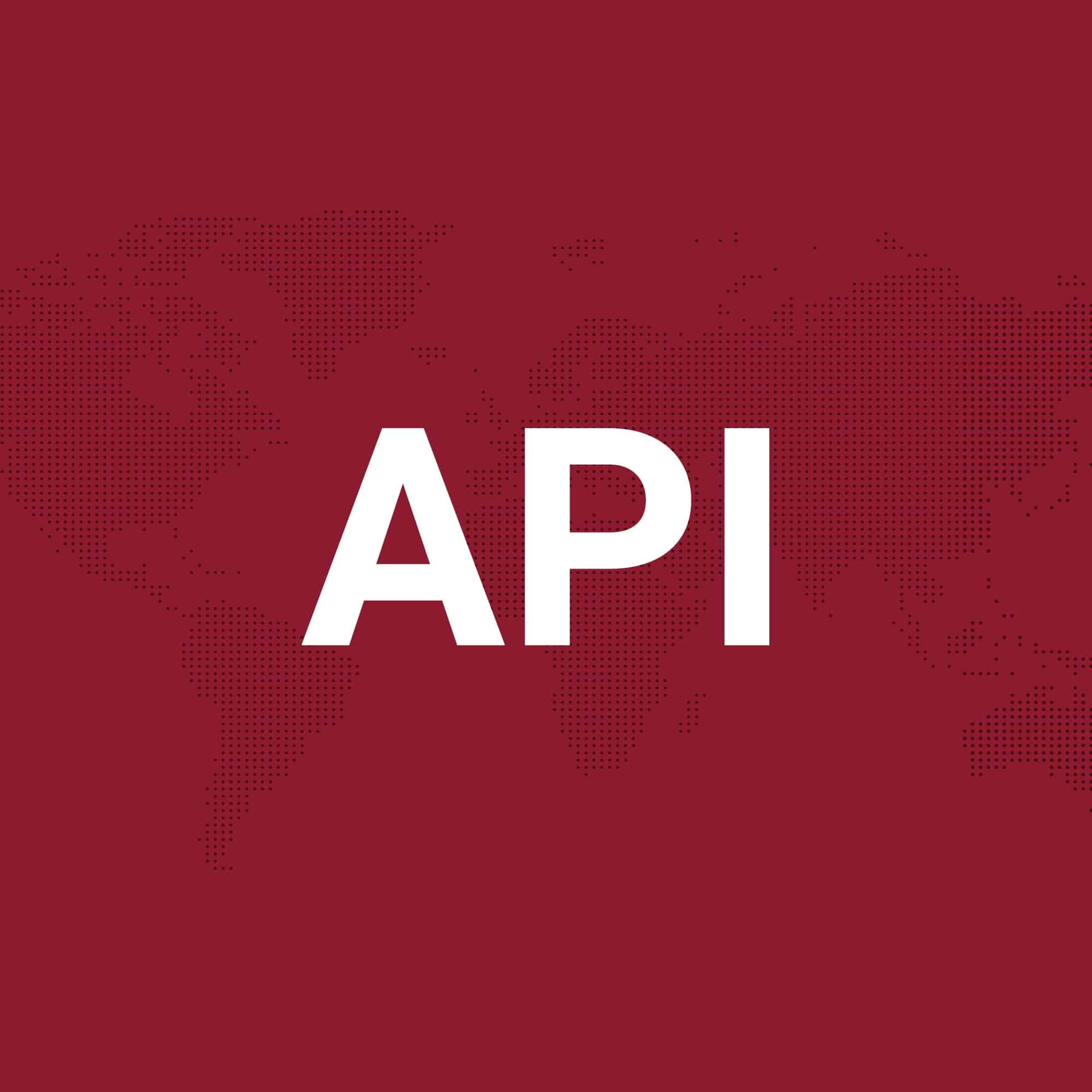API SPEC 15S defines requirements for the qualification, design, manufacturing, and testing of spoolable reinforced thermoplastic pipe systems up to 6 inches in diameter, used in oil and gas. It addresses pipe integrity, performance testing, material compatibility, marking, and quality assurance procedures for safe operation.

API SPEC 15S and its role in the oil and gas industry
API SPEC 15S establishes requirements for qualification, design, manufacture, and testing of spoolable reinforced thermoplastic pipe (RTP) systems used in the oil and gas industry. It addresses pipes intended for low to moderate pressure applications for the transport of oil, gas, produced water, and other compatible fluids. The standard covers pipes with nominal diameters typically up to 6 inches and lays out criteria for pipe and fitting design, as well as testing requirements ensuring the integrity and operational safety of these systems.
Testing and qualification
The API SPEC 15S standard specifies test methods for mechanical characteristics, including burst strength, hydrostatic pressure, impact resistance, and cyclic fatigue. It also presents guidance for material compatibility with transported fluids. Furthermore, the standard outlines procedures for quality assurance and batch testing, ensuring each production lot meets defined performance standards.
Application in field operations
API SPEC 15S applies to RTP systems used both above ground and below ground, including installation in trenches, on racks, or suspended. The flexibility, corrosion resistance, and ease of installation associated with RTP systems make them a preferred choice in many field locations where conventional steel pipes are challenging to use or maintain.
Takeaway
API SPEC 15S plays a significant role in the adoption of reinforced thermoplastic pipes for oil and gas applications. Following its procedures helps ensure that RTP systems are reliable for fluid transport in demanding operational environments.
Overview of compliance process
Meeting API SPEC 15S requirements involves a structured series of steps, from design and material selection to product validation and ongoing quality assurance. The process ensures that each spoolable reinforced thermoplastic pipe system meets the necessary safety and performance criteria for use in the intended oil and gas applications. Engaging the appropriate technical teams and following API SPEC 15S at each phase is critical for final product approval and operation.
Preparation and design
The compliance journey starts with careful design, including material selection and dimensioning in accordance with API SPEC 15S. Documentation must detail pipe geometry, construction (such as reinforcement, liner, and outer cover layers), and intended operational pressures and temperatures.
Qualification and performance testing
After initial design, the pipe system and fittings undergo a range of qualification tests. These include hydrostatic pressure tests, burst strength, cyclic fatigue, impact, and chemical compatibility. Each test must follow prescribed methods and acceptance criteria as outlined in API SPEC 15S. Results are documented to support qualification.
Manufacturing and quality assurance
During manufacturing, batch samples are tested for physical properties and dimensions to verify consistency. The standard requires the use of traceable marking and labelling for identification. Quality management practices must align with both internal procedures and the API SPEC 15S framework.
Field installation and documentation
Once shipped, installation must follow the handling, joining, and laying-down guidelines in line with specifications. Complete documentation, including certificates of qualification and test data, is delivered to end users to ensure traceability and accountability throughout the product’s service life.
Summary
Compliance with API SPEC 15S is a comprehensive process from design through installation. Attention to detail at each stage ensures reinforced thermoplastic pipe systems are suitable for the operational demands of the oil and gas industry.
We are at your disposal for any questions, comments and suggestions. We look forward to hearing from you.
Feel free to contact us using the contact form below.
We strive to answer all inquiries within 24 hours (on working days).